Interview by Jana Hoops. Special to the Clarion-Ledger Sunday print edition (March 11)
While Malcolm White describes Hal & Mal’s as “a place where art is made, music plays, and folks gather to share community, and celebrate t he very best of Mississippi’s creative spirit,” a good friend puts it another way, calling it simply “the most talked-about upscale honky-tonk in all of Mississippi.”
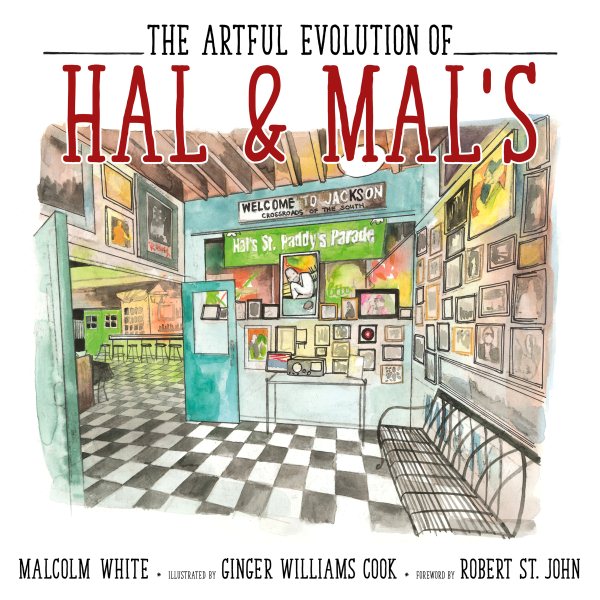 White’s salute to the more than three decades of success at the iconic establishment he and big brother Hal opened in 1985 is The Artful Evolution of Hal & Mal’s–a 130-page tribute filled with brief, but loaded, character essays of milestones, food profiles, character sketches, ghost stories, musical acts, and an inside look at the chaotic debut of the now-legendary Hal’s St. Paddy’s Day Parade–along with many, many glimpses of heartfelt family history.
White’s salute to the more than three decades of success at the iconic establishment he and big brother Hal opened in 1985 is The Artful Evolution of Hal & Mal’s–a 130-page tribute filled with brief, but loaded, character essays of milestones, food profiles, character sketches, ghost stories, musical acts, and an inside look at the chaotic debut of the now-legendary Hal’s St. Paddy’s Day Parade–along with many, many glimpses of heartfelt family history.
The stories are brought to life in the University Press of Mississippi publication with distinctive watercolors rendered by Jackson native Ginger Williams Cook, who said her mission was to create “a sense of place and connection” to the restaurant’s and family’s “storied past and present.” Describing Cook as a “stunning artist,” White said her contributions to the book “made it the artful project that it is.”
Opening in what Robert St. John describes in the book’s foreword as “a B-location on South Commerce Street inside an old warehouse next to the railroad tracks,” the eatery and arts galleria has thrived, earning itself a spot in the elite category of what St. John calls Jackson’s “classic” restaurants.
It was the childhoods on the Gulf coast, combined with years of working in iconic kitchens in New Orleans, that would bring White and brother Hal to a shared dream of opening their own place someday. That “someday” has become nearly 35 years of family and friends serving up not onky regional food favorites with “a nod toward the Gulf of Mexico,” but a healthy helping of live blues, jazz, and rock music, sprinkled throughout with original works of art.

Malcolm White
White, now on his second stint as executive director of the Mississippi Arts Commission (with a turn at leading the state’s Tourism Division in between), is involved with South Arts, the Mississippi Blues and Country Music Trails and Downtown Jackson Partners.
“I have lived a long and abundant life,” he said, pointing out that he has “managed to amass almost 13 years in the public arena to bookend my 30-plus years in the private sector.”
His previous book, Little Stories: A Collection of Mississippi Photos, was published in 2015.
Tell me about the condition the 1927 warehouse was in when you and Hal leased the property in 1985, and why you chose that unlikely location as the site of the restaurant you had dreamed of opening together.
The building was 95 percent abandoned and dysfunctional. There was no plumbing; it had ancient electrical capacity and was in deplorable condition. It was technically unoccupiable and cost us close to $500,000, in 1980s dollars, over the first couple of years to get it up to code.
We chose downtown Jackson because we believed in Mississippi, our home, and the predication that all centers of population revitalize, and it’s only a question of when, not if. Hal and I used to joke about if we would live to see the vision we had come to pass. I’m still hopeful.
You mention in The Artful Evolution of Hal & Mal’s that “59 percent of hospitality businesses fail within three years of their founding.” What has been the secret to Hal & Mal’s success?
I point out in the introduction of the book that our business philosophy was to include art, culture, and story in the plan and not make it an afterthought; and that we adhered to the sacred axiom that the more money you give, the more you make. And finally, we have always sought inclusion and looked for ways to serve others along the way, like Jeff Good, Robert St. John, Myrlie Evers, and William Winter.
Your book highlights memories of key events, people, and circumstances that have made up the restaurant’s success. Why was it important for you to document the journey of both your family life alongside that of the restaurant that is now an institution in downtown Jackson?
Because the two are inseparable. Our family is the business, and the business tells much of our family story. We actually think we are more than a downtown Jackson institution, we fell we represent a regional, as well as an American enterprise story.
It’s interesting that you’ve been blessed with not only culinary skills, but a love of art and community, a strong entrepreneurial spirit, and the gift of writing. How would you say all of these skills have come to shape your vision for–and the success of–Hal & Mal’s?
The vision for Hal & Mal’s, like the book itself, was shaped over many years of pondering and preparing. Hal and I started talking about this dream when we were in our 20s and didn’t even live in Jackson. We even bought a building in downtown Hattiesburg, the Walnut Street Pharmacy, in the very early 1980s, with the idea of locating there. But fate put us a little further north after I accepted a job in 1979 to come to Jackson. Further, I started collectin ghte Hal & Mal’s decor, furniture and decorations back in the mid-1970s while living and working in both Hattiesburg and New Orleans.
Sadly, your partner and brother Hal White died in 2013, suddenly but only shortly leaving the future of the restaurant in question. Explain what happened that soon made it evident that Hal & Mal’s would survive and continue to thrive.
When Hal died in 2013, I was uncertain that we could or would carry on, but our staff and family rallied and insisted we continue. I had just accepted the job as tourism director and had made a decision that I could no longer work the hours and endure the physical demands of the restaurant and late-night music scene. But here we are, 33 years later, still serving our aunt’s gumbo and Hal’s magical soup concoctions.
You say in the book that Hal & Mal’s is, in some ways, “not just a bar and restaurant, we’re a creative outpost in downtown Jackson,” and it’s obvious that art and music have played important roles in the restaurant’s success. Could you elaborate?
Providing a place for community to gather and break bread is biblical, and paramount to the success of great places. When food and drink, arts and culture are presented side by side in a public house, community is sustained and encouraged. Hal & Mal’s is perhaps the first example of what the creative economy and creative placemaking is all about in Jackson and in Mississippi.
Certainly, there are other examples of this, but in the book and in the programming and continuation of the business, we demonstrate the “how” of such an enterprise and proposition. In many ways, we have shown by example how communities revitalize, sustain, and prosper. If that sounds boastful, then so be it.
At the end of the book you tell readers, “No one knows what the future may hold”–but what would you like to see for Hal & Mal’s going forward? How could it continue to evolve?
We will continue as long as we are able to make a small profit, add to the quality of life and see improvements in our community. We hope to purchase the building in the next few months–after 35 years of paying rent to the state–and begin a renovation of the property.
Since the Hal’s St. Paddy’s Parade and Festival is such a big event and is right around the corner (Saturday), would you also comment on how it has contributed to the evolution of Hal & Mal’s?
Sure. Most people think, mistakenly, that Hal & I started the parade together and that Hal & Mal’s was there in the beginning. Not so. I started the parade–thus the original name, “Mal’s”–in 1983 when I was booking music, producing events, and starting my own company, Malcolm White Productions. I designed the first parade to start at CS’s and end at George Street in a “pub crawl” format. However, as it began to unfold I evolved into thinking more of a traditional parade going downtown, starting at CS’s and ending at George Street.
CS’s dropped out after the first year and George Street, where I worked from 1979 to 1983, became the beginning and ending location. Later, I moved it to the Mississippi State Fairgrounds and finally to Hal & Mal’s in 1986, where it is based today. Hal didn’t join the fun until 1984–though he was living and working in Columbus–when we started the O’Tux Society, our first marching krewe. Hal then moved to Jackson in 1985 when we started Hal & Mal’s.
The parade is an important annual event for both Hal & Mal’s and the city of Jackson as well as teh state. It has an economic impact of $10 million annually on the local economy and enjoys a national reputation as one of the largest and most original St. Paddy’s parades in the country. It is generally associated with Hal & Mal’s and that helps with our brand and our iamge of a place where people meet for arts and culture, and fun and festive occasions.
Malcolm White and Ginger Williams Cook will be at Lemuria on Wednesday, March 14, at 5:00 to sign copies of The Artful Evolution of Hal & Mal’s.
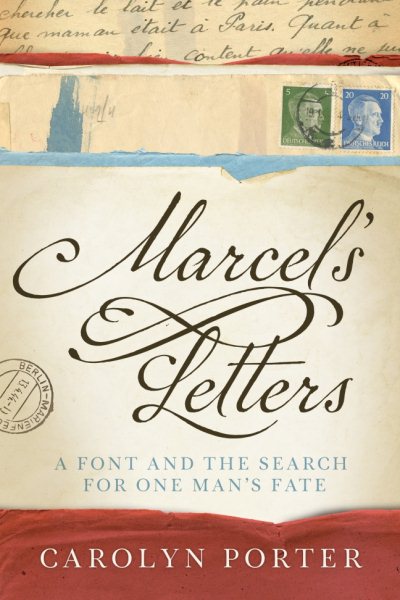 As a Francophile graphic designer who spends most of her reading time studying World War II, Marcel’s Letters: A Font and the Search for One Man’s Fate by Carolyn Porter was a must-read. Porter–also a graphic designer–bought some old letters at an antique store for inspiration, but as she worked on the new font, became more and more curious about the man–Marcel Heuzé–who had sent the letters from Germany to his home in France during the war years. Her book tells the story of not just developing another font, but also the search to learn more about Heuzé and his fate from a German workcamp.
As a Francophile graphic designer who spends most of her reading time studying World War II, Marcel’s Letters: A Font and the Search for One Man’s Fate by Carolyn Porter was a must-read. Porter–also a graphic designer–bought some old letters at an antique store for inspiration, but as she worked on the new font, became more and more curious about the man–Marcel Heuzé–who had sent the letters from Germany to his home in France during the war years. Her book tells the story of not just developing another font, but also the search to learn more about Heuzé and his fate from a German workcamp. Avenue of Spies: A True Story of Terror, Espionage, and One American Family’s Heroic Resistance in Nazi-Occupied Paris (Alex Kershaw) is about the life of American physician Sumner Jackson, his Swiss wife, and their son on Avenue Foch, one of the grand streets of Paris where many Nazi officials lived and worked during the occupation. Even with Gestapo headquarters also on this street, the Jacksons bravely became involved with the French resistance. Kershaw’s sources included the Jacksons’ son, Phillip, and his writing often had me on the edge of my seat, wondering how close the family was to being discovered.
Avenue of Spies: A True Story of Terror, Espionage, and One American Family’s Heroic Resistance in Nazi-Occupied Paris (Alex Kershaw) is about the life of American physician Sumner Jackson, his Swiss wife, and their son on Avenue Foch, one of the grand streets of Paris where many Nazi officials lived and worked during the occupation. Even with Gestapo headquarters also on this street, the Jacksons bravely became involved with the French resistance. Kershaw’s sources included the Jacksons’ son, Phillip, and his writing often had me on the edge of my seat, wondering how close the family was to being discovered.

 The Fighter opens with a harrowing scene of high-speed DUI and pretty much never lets up from there. It’s the tale of a washed-up, alcohol- and pill-addicted cage fighter prepping for what will be his very last fight—either for good or ill. The stakes are life-or-death—no quarter asked or given. It is a brutal subculture of the South we know, but a fascinating one.
The Fighter opens with a harrowing scene of high-speed DUI and pretty much never lets up from there. It’s the tale of a washed-up, alcohol- and pill-addicted cage fighter prepping for what will be his very last fight—either for good or ill. The stakes are life-or-death—no quarter asked or given. It is a brutal subculture of the South we know, but a fascinating one. White’s salute to the more than three decades of success at the iconic establishment he and big brother Hal opened in 1985 is
White’s salute to the more than three decades of success at the iconic establishment he and big brother Hal opened in 1985 is 
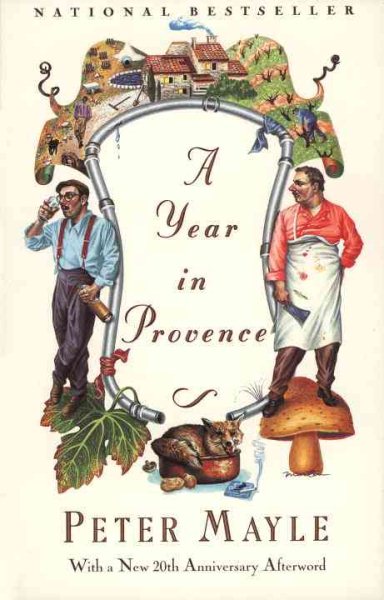 Peter Mayle’s
Peter Mayle’s 
 Photographer Nichole Robertson used color to organize her coffee-table book
Photographer Nichole Robertson used color to organize her coffee-table book 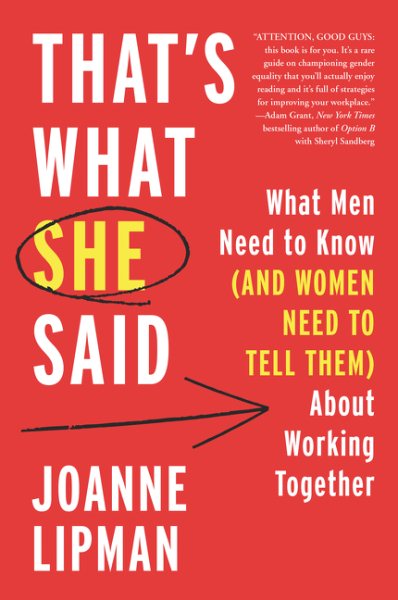 Subtitled “What Men Need to Know (And Women Need to Tell Them) About Working Together,” the former chief content officer of Gannett and editor-in-chief of USA Today offers an eye-opening book about workplace inequality including to-the-point life lessons that are, at times, cringe worthy, humorous and profound. (Full disclosure: I worked briefly at USA Today in the 1980s and left the Gannett-owned Clarion-Ledger in 2012, before she joined the company.)
Subtitled “What Men Need to Know (And Women Need to Tell Them) About Working Together,” the former chief content officer of Gannett and editor-in-chief of USA Today offers an eye-opening book about workplace inequality including to-the-point life lessons that are, at times, cringe worthy, humorous and profound. (Full disclosure: I worked briefly at USA Today in the 1980s and left the Gannett-owned Clarion-Ledger in 2012, before she joined the company.)

 The book begins with the story of a pregnant widow of a suicide victim whose newborn daughter is raised by the nuns of the Little Nursing Sisters of the Sick Poor. The movingly complex, lovingly crafted story of a family continues through another generation.
The book begins with the story of a pregnant widow of a suicide victim whose newborn daughter is raised by the nuns of the Little Nursing Sisters of the Sick Poor. The movingly complex, lovingly crafted story of a family continues through another generation.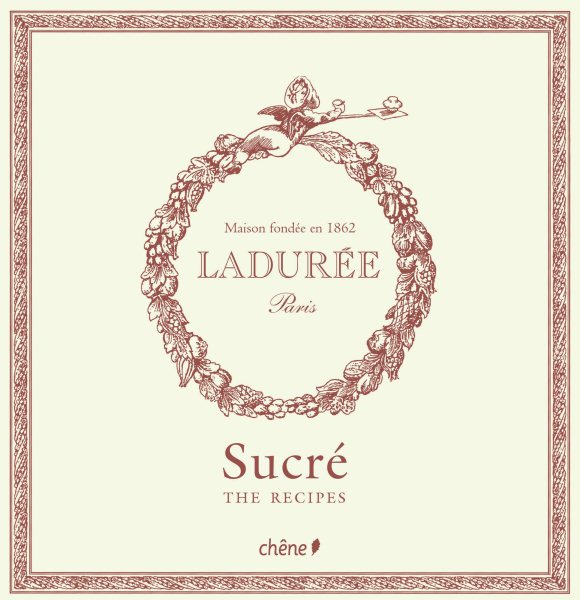 Because I believe in desserts first to be sure I’m not too full for the sweets, I’ll begin with Ladurée: The Sweet Recipes, a collection from the famous Paris (now worldwide) pâtisserie. Baking isn’t my strength in the kitchen, but my sweet tooth makes this little book one of my favorites to flip through and recall the beautiful windows full of small cakes and tarts found all around Paris. The instructions are clearly written and shortcomings in my attempts with the recipes have more to do with a lack of patience on my part; everything always tastes great and as it should, but just isn’t put together in picture-perfect form. The Sweet Recipes features not only the macarons that
Because I believe in desserts first to be sure I’m not too full for the sweets, I’ll begin with Ladurée: The Sweet Recipes, a collection from the famous Paris (now worldwide) pâtisserie. Baking isn’t my strength in the kitchen, but my sweet tooth makes this little book one of my favorites to flip through and recall the beautiful windows full of small cakes and tarts found all around Paris. The instructions are clearly written and shortcomings in my attempts with the recipes have more to do with a lack of patience on my part; everything always tastes great and as it should, but just isn’t put together in picture-perfect form. The Sweet Recipes features not only the macarons that 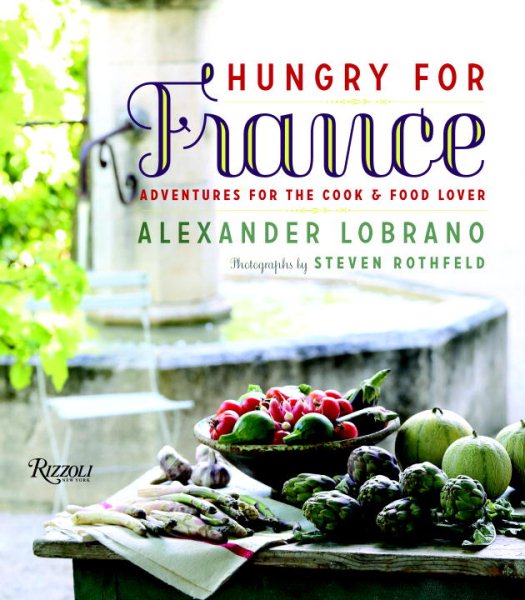
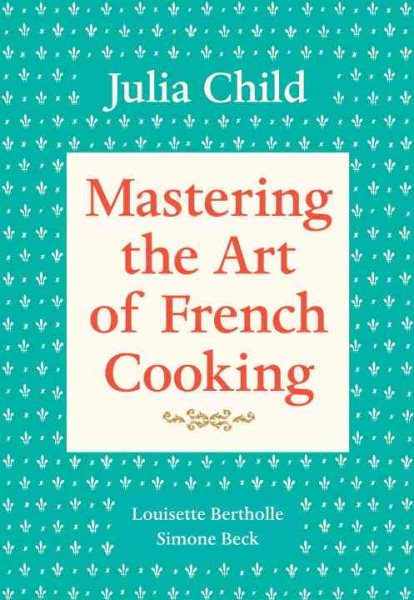 Julia Child’s objective in writing
Julia Child’s objective in writing 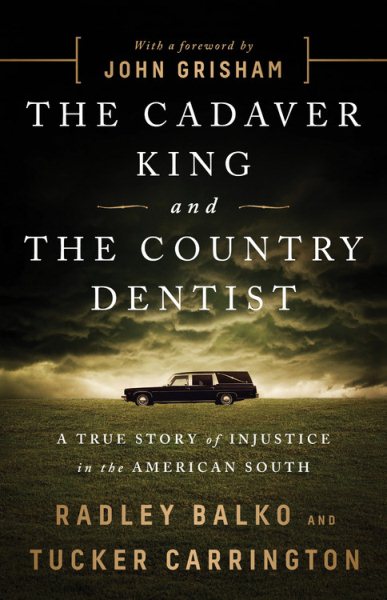 Their new book,
Their new book, 
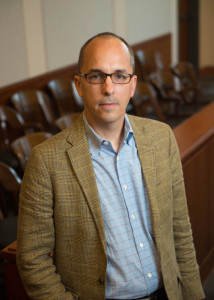
 So plays out the message in Julie Cantrell’s latest novel,
So plays out the message in Julie Cantrell’s latest novel,